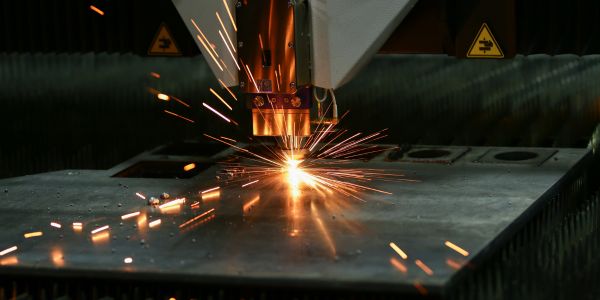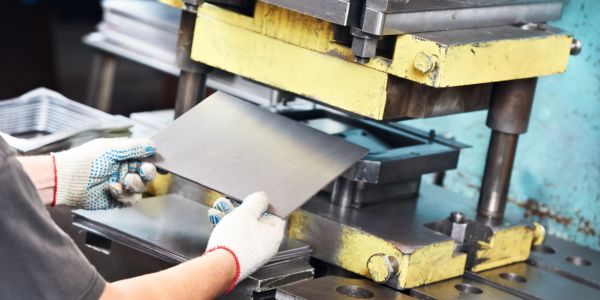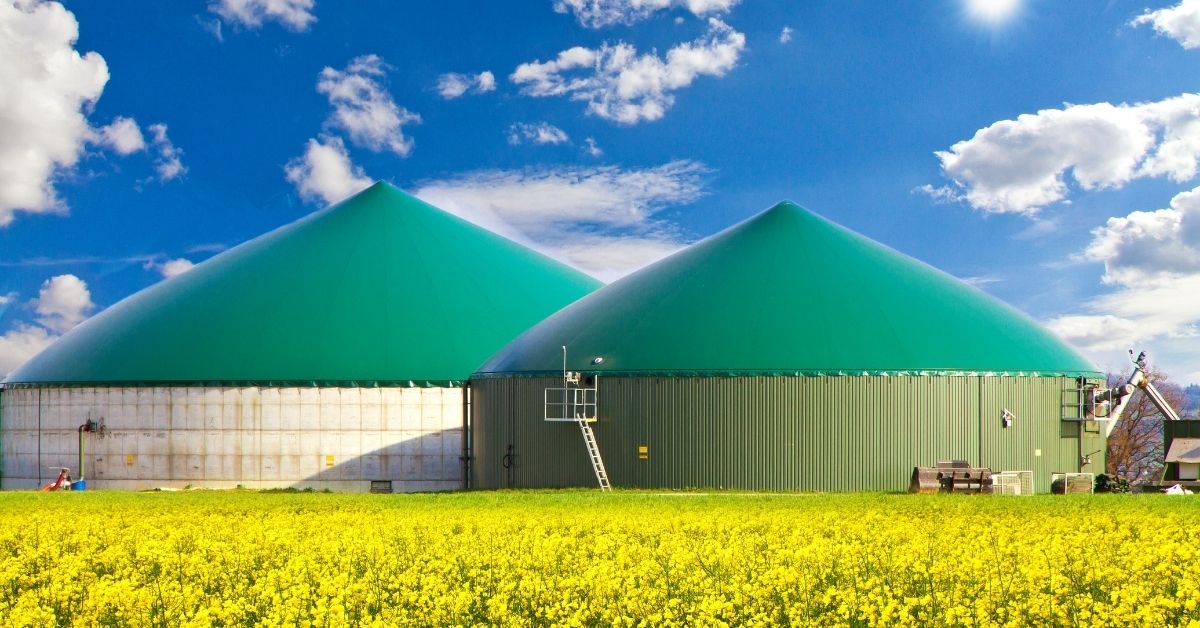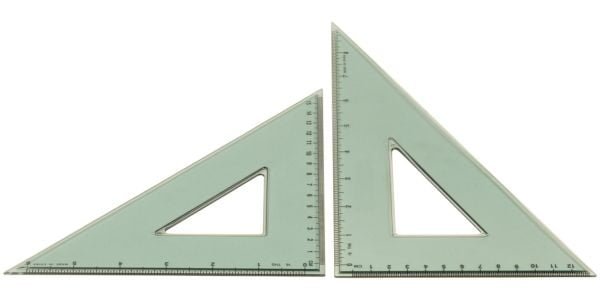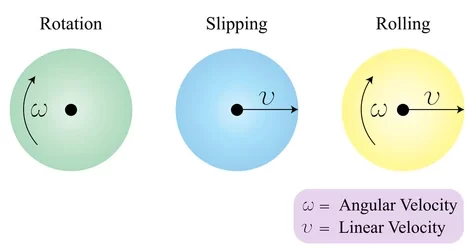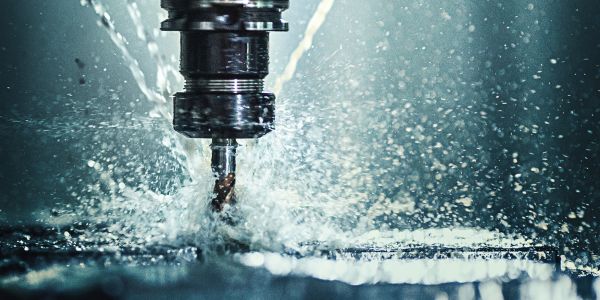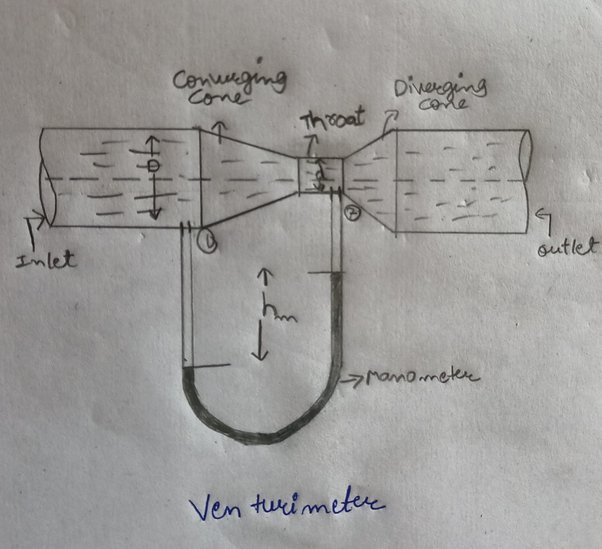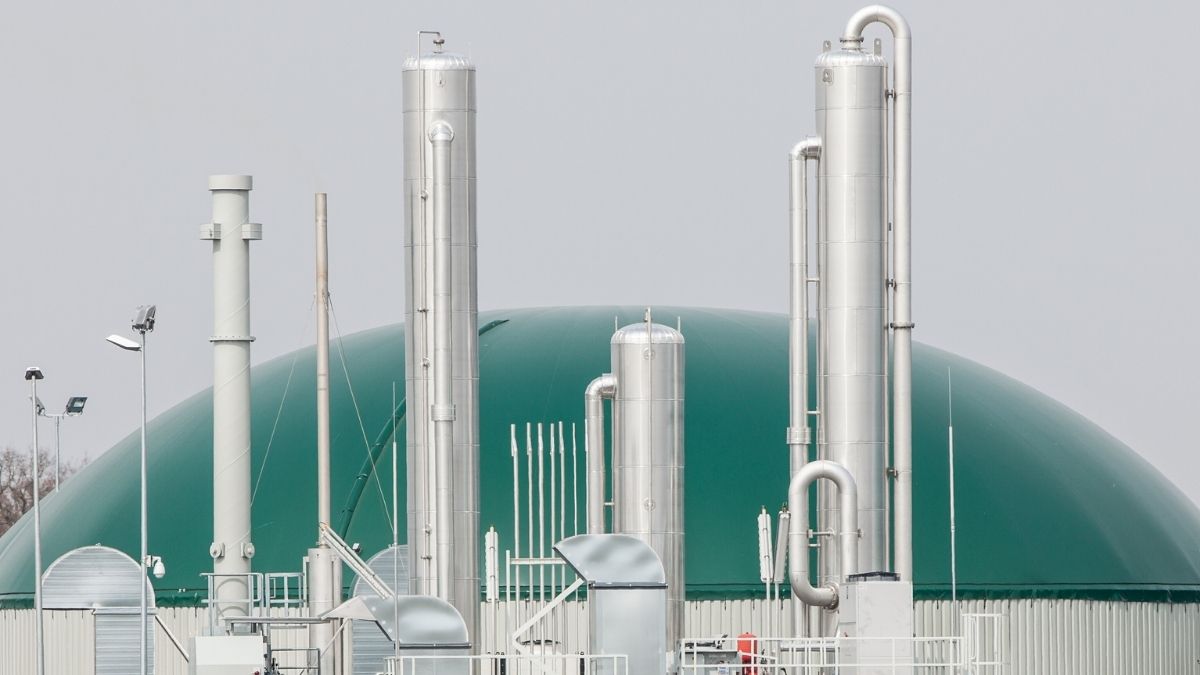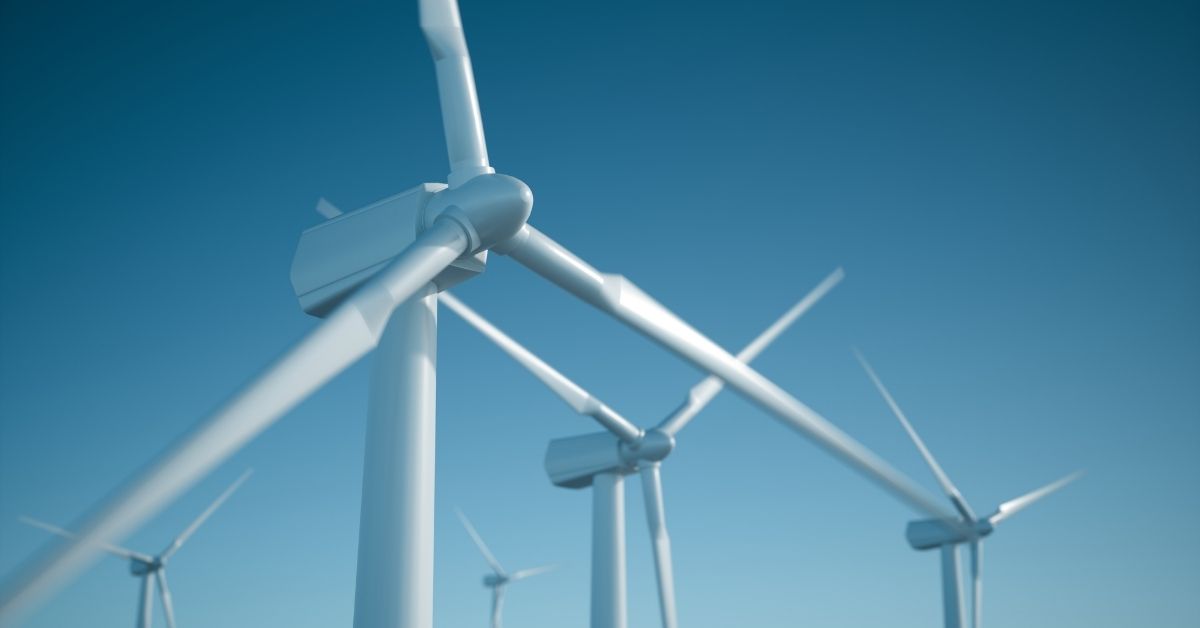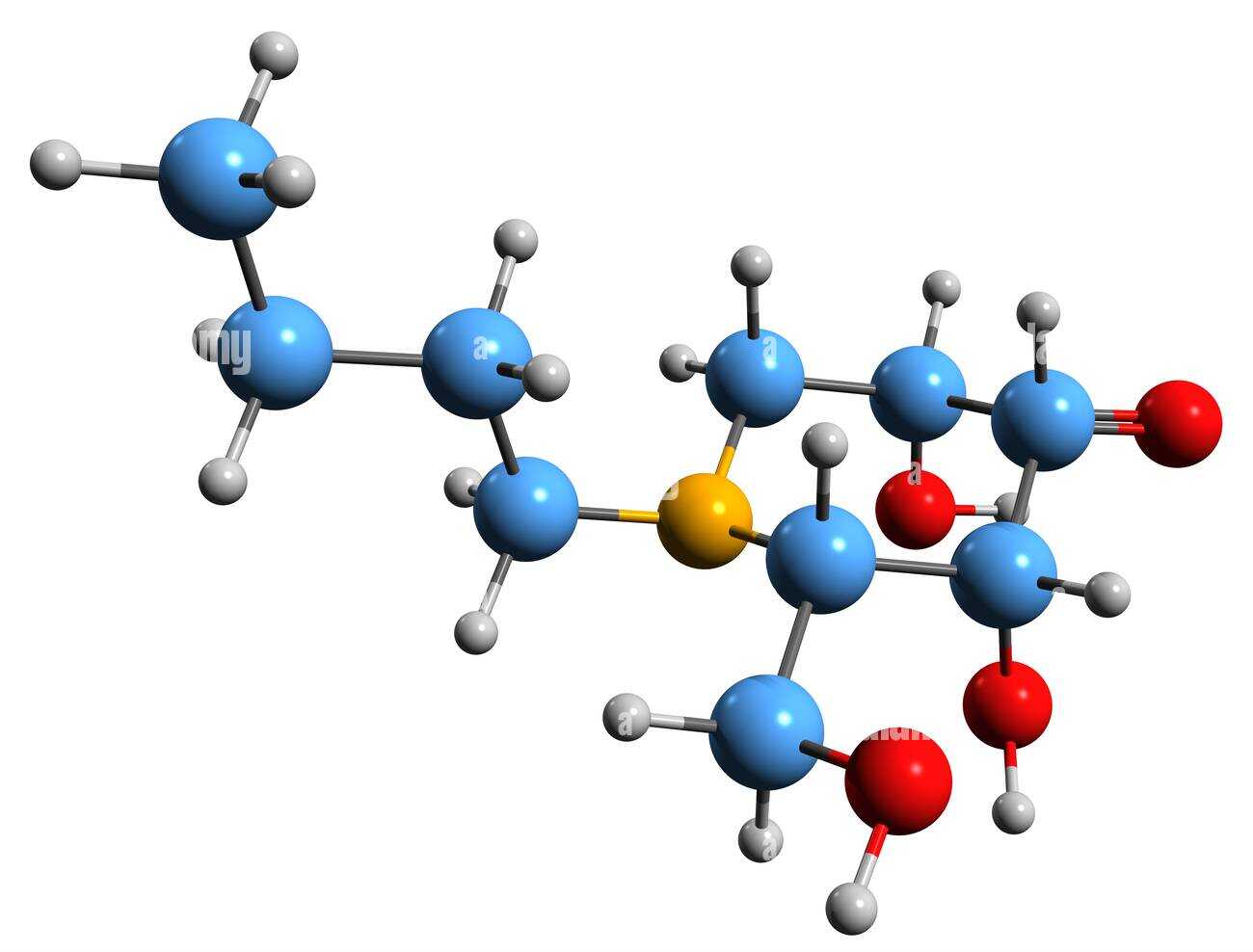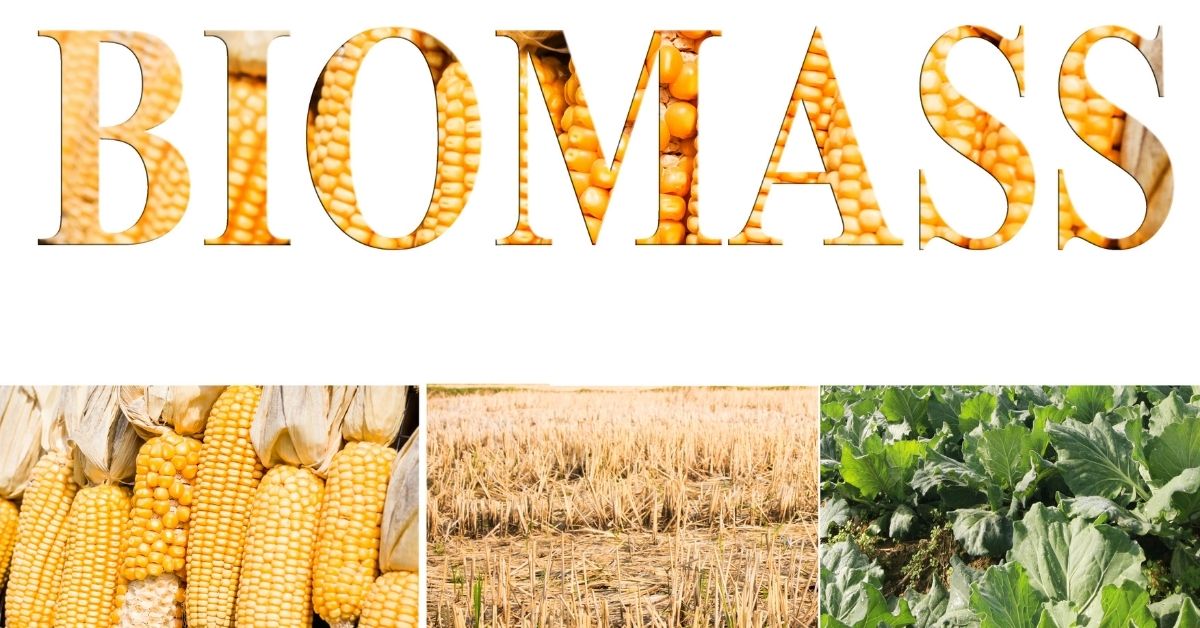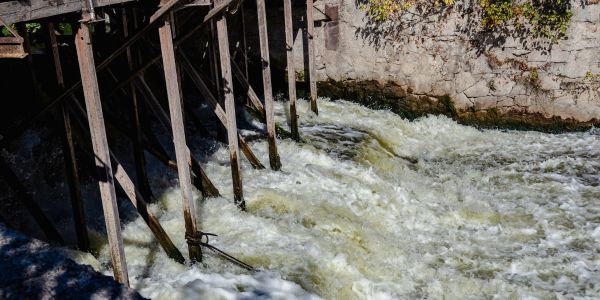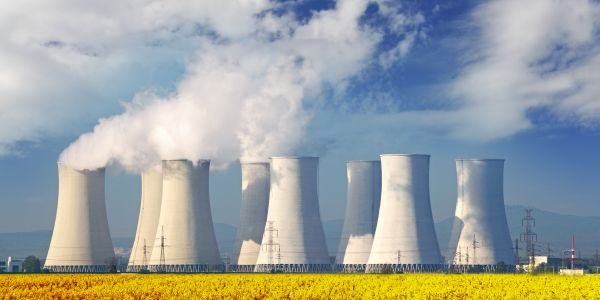Table of Contents
What is the full form of ISMC?
ISMC stands for Indian Standard Mild Steel Channel. It is an iron and steel product widely used in the construction industry. It is a structural member used in the construction of buildings, bridges, and other structures. It is made up of hot-rolled mild steel that is shaped in the form of a ‘C’ channel.
It is available in a variety of sizes and thicknesses to suit different applications. The ISMC is used in various applications such as roof trusses, portal frames, floor joists, wall girts, and lintels above doors and windows.
It is also used in the manufacture of bulkheads, firewalls, and other applications that require support. ISMCs are strong, lightweight, and economical, making them an ideal choice for many construction projects.
The introduction of ISMC steel:
Indian Standard Mild Carbon (ISMC) steel is a type of hot-rolled steel manufactured according to Indian standards. It is mild steel that is typically used for a variety of structural applications. It is used for the fabrication of columns, beams, joists, and other structural components.
It is also often used for the construction of bridges, buildings, and other structures. ISMC steel is a low-cost and durable material that is easy to work with. It is available in a range of sizes and shapes, including I-beams, channels, angles, and flats.
Other common types of mild steel include EN8, EN9, and EN10. ISMC steel is popular for many applications due to its affordability, strength, and malleability. It is also corrosion-resistant, making it an ideal choice for applications in damp or humid environments. It is also resistant to fire, making it a popular choice for structural components in buildings.
ISMC steel is an economical choice for many applications and is often used to create structures that are both cost-effective and durable. As a result, it is a popular choice for many construction projects, from residential homes to large-scale commercial developments.
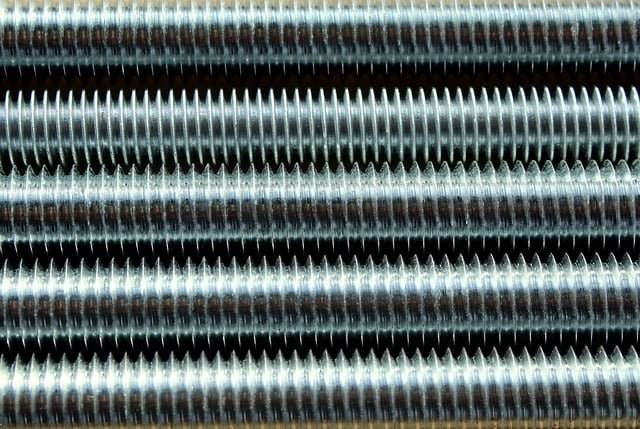
What is the ISMC weight chart?
The Indian Standard Medium Weight (ISMC) chart is a set of guidelines developed by the Bureau of Indian Standards (BIS) for the manufacturing of steel components. It is based on a system of standard measurements for various steel components. The chart is used for designing and fabricating steel structures such as bridges, buildings, and industrial structures.
The ISMC weight chart contains a range of standard measurements for steel components. These measurements include the minimum and maximum widths, lengths, and weights of steel components. The chart also includes the weight of the component when it is in its shortest and longest form.
The chart is used to determine the proper weight and size of each component of a structure. The ISMC weight chart is used by engineers to design steel structures and components. It helps them calculate the weight of each component and ensures that the structure is as strong and stable as possible.
The chart also helps in calculating the total weight of the structure, which is important for determining the cost of the project. The ISMC weight chart is an important tool for engineers and structural designers.
It is used to ensure that all components of a structure are of the correct size and weight and are properly designed to ensure the stability of the structure. The chart is also used to determine the cost of the project and to ensure that the structure is safe and durable.
Why the weight of ISMC is so important?
The weight of an ISMC (Indian Standard Medium Channel) is incredibly important for various reasons. The weight of the ISMC is used to determine the strength of the beam and its ability to bear loads. As a result, it is important to ensure that the correct weight of the ISMC is used in any given situation.
The weight of the ISMC also plays an important role in determining the cost of the beam. Generally, heavier ISMCs tend to be more expensive. Therefore, if the correct weight of the ISMC is not used, the cost of the beam may be higher than necessary.
The weight of the ISMC also contributes to the overall stability of the structure. Heavier ISMCs provide additional stability and strength, which can be beneficial in certain situations.
For example, if a building is located in an area that is prone to earthquakes, a heavier ISMC may be necessary to ensure the stability of the structure. Finally, the weight of the ISMC can have an impact on the aesthetics of the structure. Heavier ISMCs may be necessary to ensure that the structure is aesthetically pleasing.
Therefore, the weight of the ISMC must be considered when designing the structure. In conclusion, the weight of ISMC is incredibly important for various reasons. It is used to determine the strength and cost of the beam, as well as the overall stability and aesthetics of the structure. Therefore, it is important to ensure that the correct weight of the ISMC is used in any given situation.
What are the steps in the process of weighing the ISMC:
1. Firstly, the material to be weighed is placed on the scale. The weight of the material needs to be determined accurately and the scale needs to be correctly zeroed.
2. The scale should be calibrated to ensure that it is providing accurate readings. This is done by checking the calibration weight against the weight of the material being weighed.
3. The balance should be set to the desired weight. This is done by adjusting the pointers on the scale.
4. The material should be placed in the pan of the scale and the weight should be recorded. Once the material has been weighed, it should be removed from the scale.
5. The material should be weighed a second time to ensure that the weight is accurate. If any adjustments need to be made, they should be applied to the scale.
6. The ISMC material should be weighed one last time to make sure the weight is correct.
7. After all the steps are completed, the final weight of the material should be recorded. This weight can then be used for various calculations.
How to use the ISMC weight chart?
The ISMC weight chart is a helpful tool for determining the weight of a particular item. It can be used to calculate the weight of an item based on its size, shape, and material. Here is a step-by-step guide on how to use the ISMC weight chart:
1. Determine the item’s size, shape, and material. This information can usually be found on the item’s product label or in the item’s description.
2. Locate the ISMC weight chart. The chart can be found online or in a book.
3. Using the item’s size, shape, and material, find the corresponding weight on the chart. The weight is usually listed in kilograms (kg) or pounds (lbs).
4. Calculate the item’s weight. To do this, multiply the weight on the chart by the number of items. For example, if the weight on the chart is 10 kg and you have 10 items, the total weight would be 100 kg.
5. Record the weight of the item. This information can be used for shipping or calculating the cost of the item.
Using the ISMC weight chart is a simple and accurate way to calculate the weight of an item. It can save time and money when determining the cost of an item or calculating shipping costs.
The MS channel weight in kg chart:
The MS Channel Weight in kg chart is a chart that provides a weight per meter of different sizes of Mild Steel (MS) Channels, which can be used for construction purposes.
The chart lists the weights of different sizes of MS channels ranging from 25 mm x 25 mm x 3 mm to 400 mm x 400 mm x 35 mm. The chart is divided into two sections: one for standard-weight MS channels and the other for the special-weight MS channels.
In the standard section, the weights are listed for each size of the MS channel. The weight per meter is provided in kg, lbs, and tons. For the special section, the weights are listed for sizes that are not available in the standard section. The weights in this section are provided in kg only.
The chart is useful for calculating the weight of a particular size of MS channel for any construction project. It is also useful for calculating the total weight of a particular project, as the weights of all the MS channels used can be added together. This chart can also be used for calculating the shipping cost for a particular project, as the weight of the MS channels will need to be taken into account.
Jindal makes weight channel chart:
Jindal makes the Weight Channel Chart a chart used by Indian steel manufacturers to calculate the weight of steel bars, tubes, and pipes. It is an important tool for estimating the weight of different types of steel products.
The chart is based on the Jindal Make Standard, which is a set of standards for steel products developed by Jindal Steel and Power Limited, an Indian steel manufacturer. The Jindal Make Weight Channel Chart is divided into two sections.
The first section includes sizes from 6mm to 25mm and is used to estimate the weight of steel bars. The second section is for sizes from 28mm to 90mm and is used for calculating the weight of steel tubes and pipes. Each section contains a list of sizes and corresponding weights in kilograms. The chart is divided into two parts:
the upper part is used to calculate the weight of longitudinal steel bars, and the lower part is used to calculate the weight of tubular steel bars. To calculate the weight of any particular steel product, one needs to know its size and then look up the corresponding weight in the chart.
The Jindal Make Weight Channel Chart is an important tool for steel manufacturers and is used to calculate the weight and cost of steel products. It is an important resource for steel industry professionals and is a valuable tool for estimating the weight of steel products.
MS structural steel section sizes and weight of beams/joists/ channels and angles:
MS Structural Steel Section Sizes and Weight of Beams/Joists/Channels and Angles | Section | Size (mm) | Weight (kg/m) | |———|————|—————| | Beams | 100 x 50 | 4.6 | | | 150 x 75 | 8.2 | | | 200 x100 | 12.3 | | Joists | 75 x 40 | 3.2 | | | 100 x 50 | 4.6 | | | 150 x 75 | 8.2 | | Channels| 50 x 25 | 2.2 | | | 75 x 40 | 3.2 | | | 100 x 50 | 4.6 | | Angles | 25 x 25 x 3| 1.2 | | | 50 x 50 x 6| 3.3 | | | 75 x 75 x 8| 5.5 |
The steel channel weight per kg:
Steel channel weight per kg is calculated by taking the weight of the steel channel itself and then dividing it by the total length of the channel. For example, if the steel channel has a length of 6 feet, then the weight per kg would be (6 x 2.2) / 1000 = 0.132 kg.
This calculation can be used to determine the weight of any size steel channel. The weight of a steel channel is determined by its composition, profile, and size. Steel channels are typically made from steel alloys such as carbon steel, stainless steel, and aluminum.
The weight of the steel channel will depend on the alloy it is made from, as different alloys can have different weights. The profile of the steel channel is also important, as this will determine the weight of the steel channel. Generally, the higher the profile, the heavier the steel channel will be.
Lastly, the size of the steel channel is an important factor in the weight calculation, as larger steel channels will weigh more than smaller steel channels. To sum up, the steel channel weight per kg is calculated by taking the weight of the steel channel itself and dividing it by its length. The weight of the steel channel is determined by its composition, profile, and size.
Manufacturing grades for ISMC:
ISMC stands for Indian Standard Medium Channel, which is a hot-rolled steel product used for structural applications. ISMC is available in different manufacturing grades, which vary in the range of physical and mechanical properties.
Grade A: This is the lowest grade of ISMC and is used primarily for light structural applications. It has a minimum yield strength of 240 MPa and minimum tensile strength of 360 MPa. This grade requires a pre- and post-weld heat treatment for welding.
Grade B: This grade of ISMC is used for general structural applications and has a minimum yield strength of 250 MPa and minimum tensile strength of 410 MPa. This grade does not require pre- or post-weld heat treatment for welding.
Grade C: This grade is used for general structural applications and has a minimum yield strength of 275 MPa and minimum tensile strength of 430 MPa. This grade does not require pre- or post-weld heat treatment for welding.
Grade D: This grade is used for general structural applications and has a minimum yield strength of 310 MPa and minimum tensile strength of 450 MPa. This grade may require pre- and post-weld heat treatment for welding.
Grade E: This is the highest grade of ISMC and is used for heavy structural applications. It has a minimum yield strength of 400 MPa and minimum tensile strength of 550 MPa.
This grade requires a pre- and post-weld heat treatment for welding. The various grades of ISMC are used for different applications based on the strength and other physical and mechanical requirements of the application.
The ISMC weight chart per meter and kg:
The ISMC Weight Chart per meter and kg is a helpful tool for determining the weight of a particular metal. It allows the user to accurately calculate the weight of the metal in both metric and imperial units.
The chart shows the weight of the metal in kilograms per meter (kg / m) and pounds per foot (lb/ft). To use the chart, the user needs to know the length of the metal they are working with, in either metric or imperial units.
The user then finds the metal in the chart and looks at the corresponding weight listed in either metric or imperial units. For example, if the user is working with an 18-gauge steel sheet that is 3 feet long, they would look up the corresponding weight in the chart.
The chart would show that the weight of the steel sheet is 2.82 kg / m or 1.45 lb/ft. The ISMC Weight Chart is a useful tool for anyone who needs to quickly and accurately calculate the weight of a metal.
It is particularly useful for those working in the metalworking industry, as it allows them to easily calculate the weight of metal for manufacturing purposes.
Also, read 1 million in lakhs


